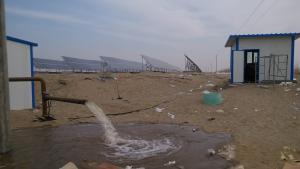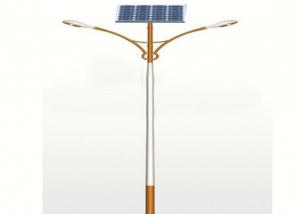Smart Inverter Solar
Smart Inverter Solar Related Searches
Smart Solar Inverter Solar Smart Inverter Smart Solar Power Inverter Smart Inverter Solar Power Smart Hybrid Solar Inverter Solar Solar Inverter Solar Smart Micro Inverter Inverter Solar Intelligent Solar Inverter Power Inverter Solar Inverter Power Solar Smarten Solar Inverter Inverter Battery Solar Solar Electric Inverter Inverter Hybrid Solar Power Solar Inverter Smart Solar Inverter Price Micro Inverter Solar Battery Inverter Solar Solar Energy Inverter Hybrid Inverter Solar Inverter Solar Hybrid Solar Home Inverter Sun Solar Inverter Samsung Solar Inverter Solar Battery Inverter Inverter Solar Cell Inverter Solar Panel Battery Solar Inverter Home Solar InverterSmart Inverter Solar Supplier & Manufacturer from China
Smart Inverter Solar is a cutting-edge product that has revolutionized the way solar energy is harnessed and utilized. These advanced inverters are designed to optimize the performance of solar panel systems, ensuring maximum energy output and efficiency. They play a crucial role in converting the direct current generated by solar panels into alternating current, which can be used by homes and businesses.The application and usage scenarios of Smart Inverter Solar are vast, as they are suitable for both residential and commercial installations. They are particularly beneficial in areas with fluctuating sunlight conditions, as they can adjust their performance to maximize energy generation. This makes them an ideal choice for regions with varying weather patterns and solar irradiance levels. Additionally, Smart Inverter Solar systems are compatible with various types of solar panels, making them a versatile option for a wide range of solar energy projects.
Okorder.com is a reputable wholesale supplier of Smart Inverter Solar products, boasting a large inventory to cater to the diverse needs of customers worldwide. With a commitment to quality and customer satisfaction, Okorder.com ensures that each Smart Inverter Solar product is thoroughly tested and meets the highest industry standards. By partnering with Okorder.com, customers can enjoy competitive pricing, fast shipping, and exceptional service, making it a reliable choice for sourcing Smart Inverter Solar solutions.
Hot Products
















































